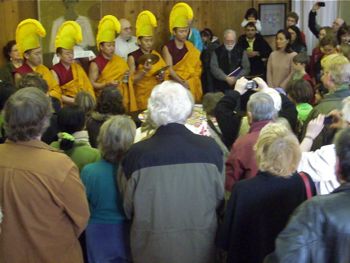The deadline for congregations to certify with the Unitarian Universalist Association (UUA) is February 1. As they submit their certification data, the numbers appear on the following UUA Web page: List of Congregations That Submitted Membership Numbers. Some of us — those of us who are fascinated by numbers and hard data — think it is entertaining to watch this Web site, so we can see which congregations have moved up in membership and attendance this past year, and which have moved down.
It’s also fun to calculate average attendance as a percentage of membership; a quick scan of the larger congregations show percentages as low as 34% (West Shore, Cleveland) and as high as 95% (Vancouver, Wash.) — my own congregation here in Palo Alto stands at 71%. I’ve always felt most comfortable serving congregations where average attendance is a high percentage of membership, because I like to imagine that means members are more engaged and that perhaps the congregation is growing or ready to grow, but the reality is that membership numbers often have little relation to the actual size of the congregation. The other reality is that all too often congregational leaders play fast and loose with attendance figures, leaving out low attendance months, or simply guessing at attendance (and I’m betting they generally guess high).
Whatever. It’s still fun to watch the figures come in, and play around with them.

